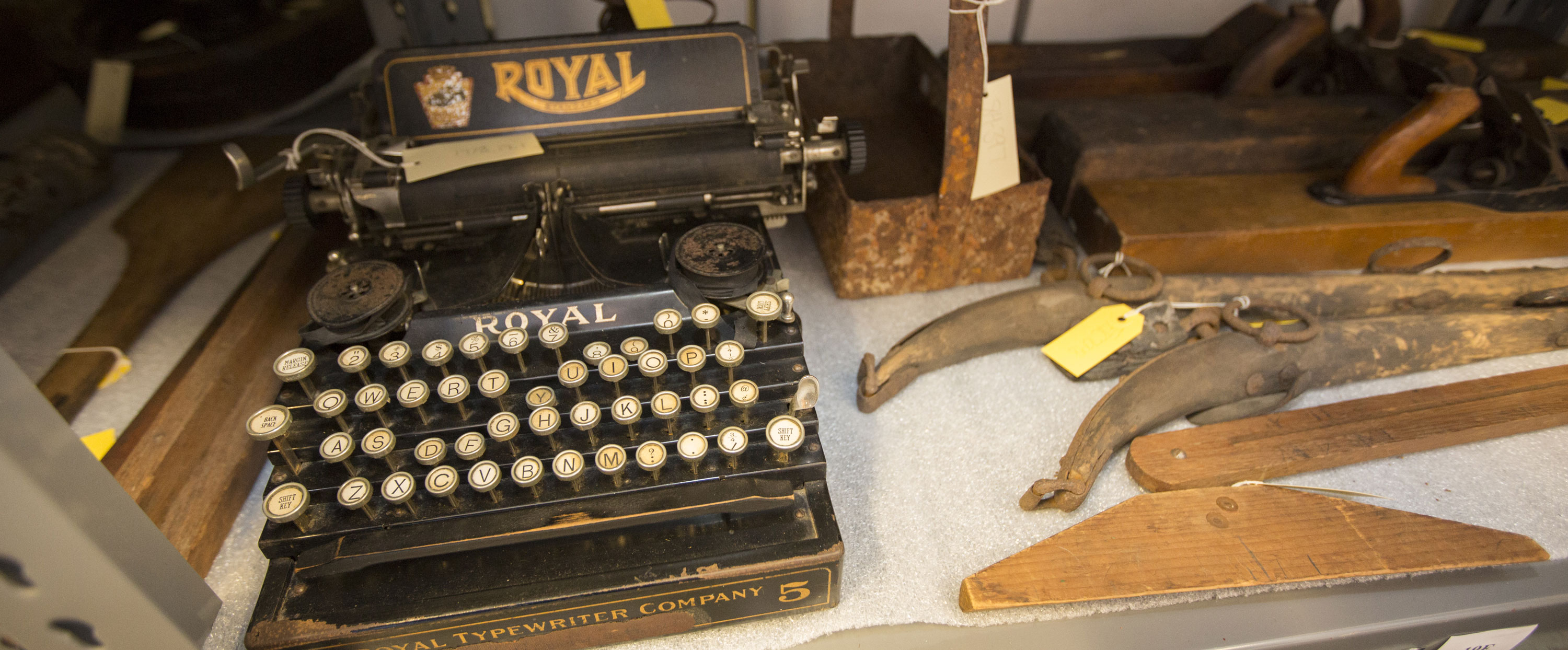This Collection Spotlight is a 19th-century case of surgical instruments. Different compartments hold various tools common to medicine in this period of history. The surgical kit is lined with red velvet, and was made by Evans and Company, London. Although it cannot be definitively proved, we believe this surgical kit belonged to Dr. John Finley, for whom Dubuque’s Finley Hospital is named.
Dr. Finley arrived in Dubuque in 1836, making him among the first permanent physicians in the area. In these early years, Finley traveled by horseback to treat far-reaching patients, sometimes over fifty miles. During the Civil War, he served for three years as a physician for the 27th Iowa Volunteer Infantry in the Union Army, returning to Dubuque and his practice after the war. During those war years, his surgical kit was an invaluable tool. In this kit are the instruments used for a common surgery of the time: amputations.
We often characterize Civil War medicine, particularly amputations, as barbaric. Without a doubt, medicine was much different in a few key areas. There was no notion of germ theory at this time. This meant surgical tools like these were not sanitized between patients. This lead to staggering rates of infection, which often resulted in death. However, there are also several big misconceptions about Civil War surgery.
The most prevalent myth on the topic is that soldiers underwent surgery without anesthesia, and instead used whiskey and bit the proverbial bullet to cope with the pain. In reality, most surgeries since the mid-1840s were performed with anesthesia. The anesthesia most commonly used for surgery was chloroform. Surgeons dripped this over a cloth covering the patient’s mouth until they lost consciousness, which usually lasted for about 10 minutes. This rendered patients unaware of their surroundings so that they did not feel the surgery, but the chloroform did leave them in an “excited state” where they might still unconsciously moan or move their limbs. Because of this, aides had to restrain patients while the surgeon worked. Lacking electricity in field hospitals, surgeries often took place outside where the light was best. This meant other soldiers and civilians passing by might catch a glimpse. At a distance, they simply saw a moving patient restrained and making noise, and they reported what they witnessed to others—thus creating the belief that surgeons operated on conscious patients.
Another myth further stoked the fears of soldiers around the prospect of being wounded. At the start of the war in particular, doctors were perceived as being overly eager to amputate a limb that might otherwise be saved. There might be some reality to this idea, as very few doctors on either side had any surgical experience prior to the war. Medical school was not as formalized as it is now, and the war presented an opportunity to learn. However, the perception that they performed unnecessary amputations made surgeons more conservative as the war progressed. This was also deadly, as the deferral or delay of a needed amputation often meant death.
The items of this case have a ghastly history. They were life-saving tools, albeit often life altering. They remind us of why we often characterize Civil War surgeons as “butchers,” but we also know some of that is due either to misperception or to scientific knowledge that was just not available at the time. Surgeons bore a burden as heavy as those who fought. In preserving artifacts like this surgical kit, we realize the suffering that they witnessed, tried to alleviate, and sometimes unknowingly inflicted likely weighed very heavily on them.

